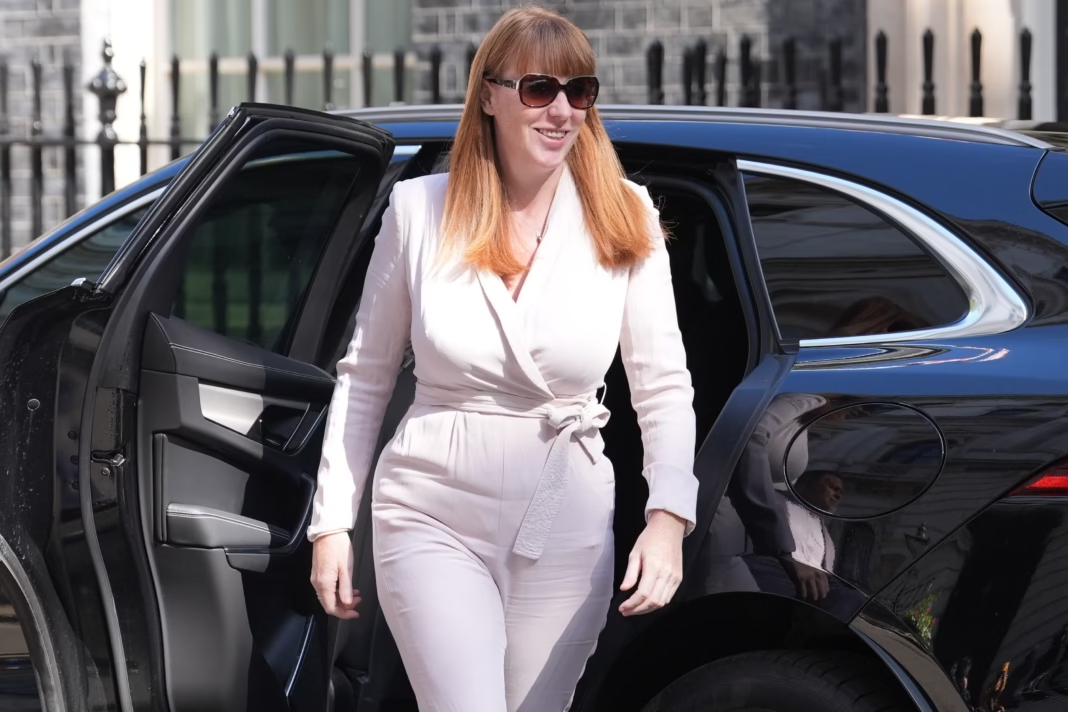The UK government conducted no independent analysis of council merger costs. This oversight concerns England’s biggest council reorganization in decades. Deputy Prime Minister Angela Rayner leads the initiative. She previously claimed “a significant amount of money” could be saved. Specifically, her ministry cited a 2020 report for its estimates. That report suggested £2.9bn in savings over five years.
However, the report’s author has since revised its analysis. The County Councils Network (CCN) now warns the reorganization might save nothing. In fact, council merger costs could actually exceed savings in some scenarios. The government insisted separate analysis was unnecessary. They argued it would incur undue public expense.
CCN Chairman Tim Oliver expressed support for the reforms’ goals. Nevertheless, he highlighted serious concerns. He warned that creating multiple small unitary councils could be costly. Specifically, splitting counties into units of 300,000 people might generate unsustainable council merger costs. He urged the government to ensure new authorities are the right size. This is crucial for achieving efficiencies and withstanding financial shocks.
Opposition groups reacted with strong criticism. The District Councils’ Network called the lack of analysis “astonishing.” They warned that “mega councils” could be imposed without evidence. Furthermore, many large councils created previously now struggle financially. The Liberal Democrats said it “beggars belief.” Reform UK officials labeled the move “extraordinary.”
A government spokesperson defended the policy. They stated reorganization will improve services and save money. They also emphasized that councils will develop their own local proposals. The debate over the true council merger costs continues. The government plans to inform most councils of its decisions next year.
For more political updates, visit London Pulse News.


